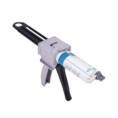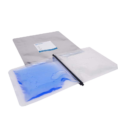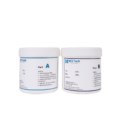How to Choose Between Silicone, Epoxy & Polyurethane Potting Glue: Ultimate Guide for Electronics Manufacturers
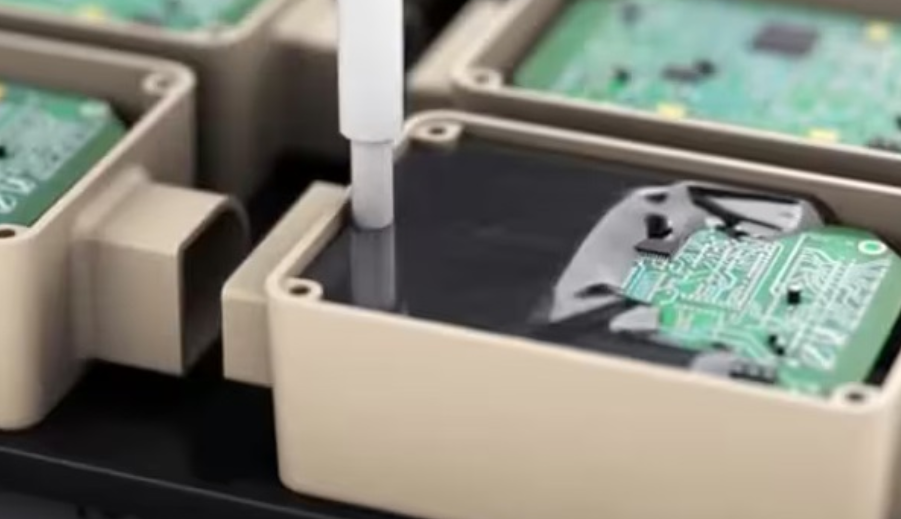
1. Why Potting Material Selection Matters in Electronics?
Industry data: 38% of PCB failures originate from improper encapsulation (Cite authority statistics)
Critical protection requirements:
• IP67/IP68 waterproofing
• Thermal management (5G/EV components)
• Vibration resistance (Industrial Robot Applications)
• Chemical exposure (New energy vehicle battery pack)
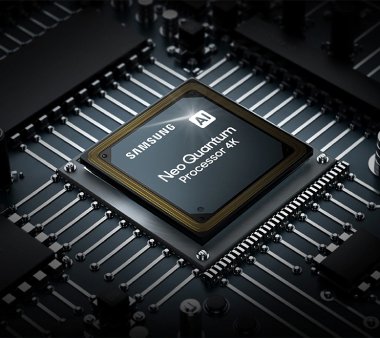
2. Technical Comparison: 3 Major Potting Compounds
(Interactive Table with Filterable Parameters)
|
PROPERTY
|
||||
|---|---|---|---|---|
|
Temp. Range (°C)
|
-60~+300
|
-40~+150
|
-40~+120
|
|
|
Thermal Conductivity
|
0.2-4.0 W/mK
|
0.5-1.5 W/mK
|
0.1-0.3 W/mK
|
|
|
Vibration Absorption
|
★★★★★
|
★★☆
|
★★★★
|
|
|
Cure Speed (25°C)
|
2-24 hrs
|
0.5-4 hrs
|
4-48 hrs
|
|
|
Rework Possibility
|
Yes
|
No
|
Limited
|
|
|
UL94 Rating
|
V-0/HB
|
V-0
|
HB/V-2
|
3. Industry-Specific Selection Guidelines
A. New energy vehicle electronics
Battery Management System (BMS): Silicone (temperature difference 200℃+)
Car charger: Polyurethane (shock absorption + cost balance)
Motor controller: Epoxy (High rigidity + thermal conductivity 1.2W/mK+)
B. Industrial automation equipment
Servo driver: Modified epoxy (oil resistance + fast curing)
Sensor: Low viscosity silicone (porous + flexible protection)
C. Consumer electronics
Smart wearable device: Transparent polyurethane (beautiful + medium protection)
Router module: Flame retardant silicone (UL94 V-0+ Long-term stability)
4. 7 Cost-Saving Tips Without Compromising Quality
- Priority testing for curing shrinkage (<0.5% to avoid stress cracking)
- Polyurethane with added alumina is selected when the thermal conductivity requirement is <1W/mK
- Two-component room temperature curing models are used for small batch production
- When the filling thickness is >10mm, the peak heat release must be monitored
- Verify CTE match with plastic housing in advance
- The model with hydrolysis stability >5000hr must be selected in humid environment
- Test with free samples (Insert Sample Request CTA button)
5. Analysis of common customer error cases
Case 1: A PV inverter manufacturer misuses epoxy glue to cause cracking at -30 ° C
→ Solution: Use low-temperature silicone (glass transition temperature -75℃)
Case 2: Short circuit caused by poor resistance of polyurethane to moisture and heat
→ Solution: Switch to fumed silica enhanced silicone
Case 3: Medical device fails biocompatibility test after potting
→ Solution: Request the ISO 10993 certification document in advance








